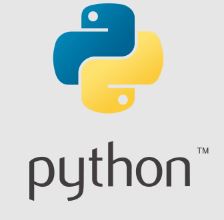In PySpark, the Pandas API offers powerful functionalities for working with time series data. One such function is date_range(), which generates a fixed frequency DatetimeIndex. This article provides an in-depth exploration of date_range(), covering its syntax, parameters, and practical applications through illustrative examples.
Understanding date_range()
The date_range() function in the Pandas API on Spark is used to generate a DatetimeIndex with a fixed frequency. It enables the creation of sequences of dates or timestamps, facilitating time series analysis, visualization, and manipulation tasks.
Syntax
The syntax for date_range() is as follows:
Here, start, end, periods, freq, tz, normalize, name, and closed are the parameters that control the generation of the DatetimeIndex. Each parameter provides flexibility in defining the range, frequency, and timezone of the generated dates.
Examples
Let’s explore various scenarios to understand the functionality of date_range():
Example 1: Spark
Example 3: Generating Timestamps with Specific Frequency
Spark important urls to refer








